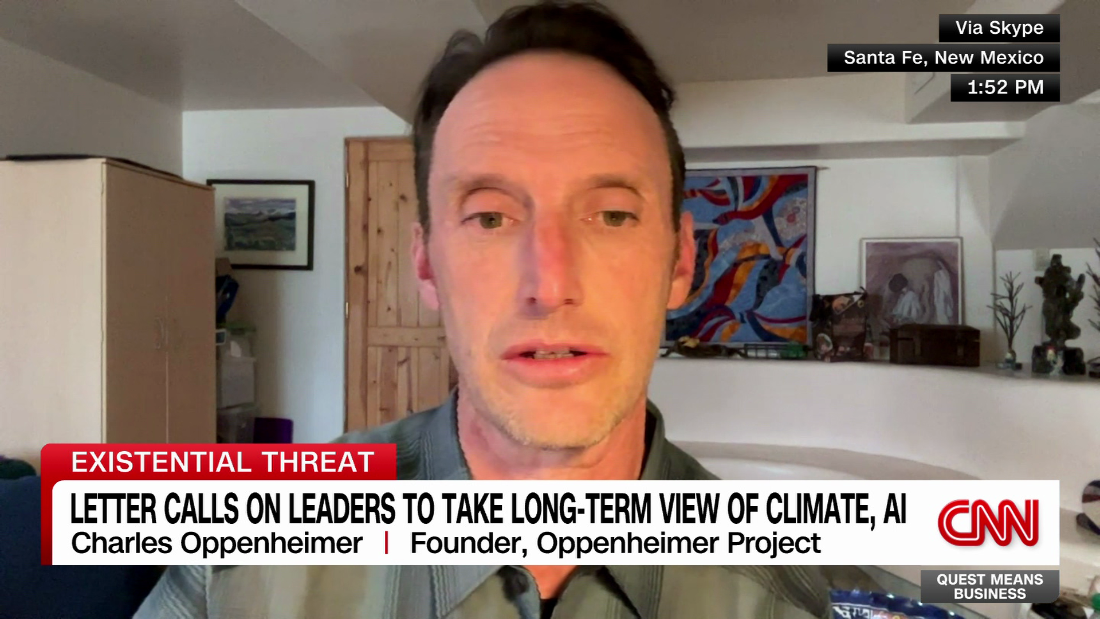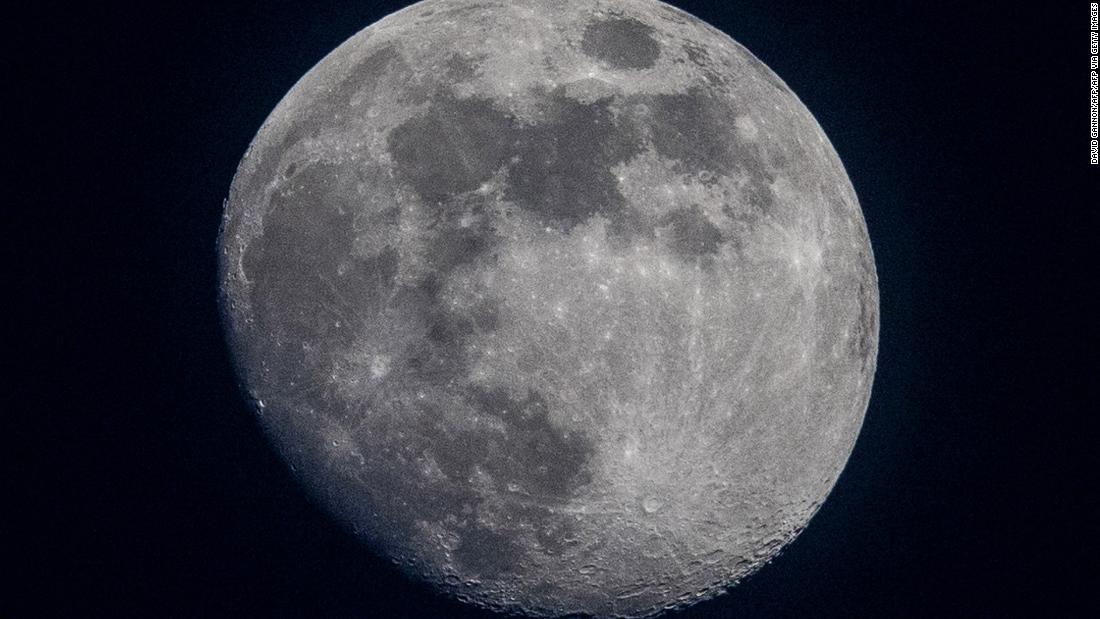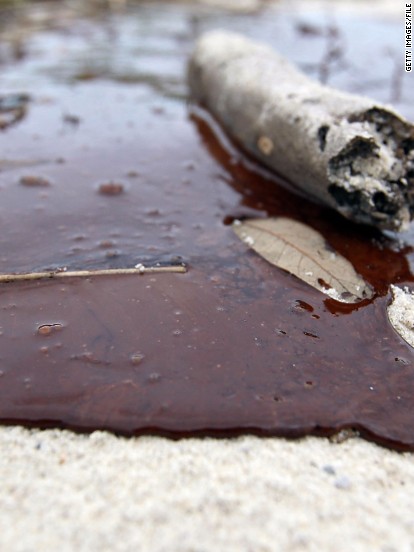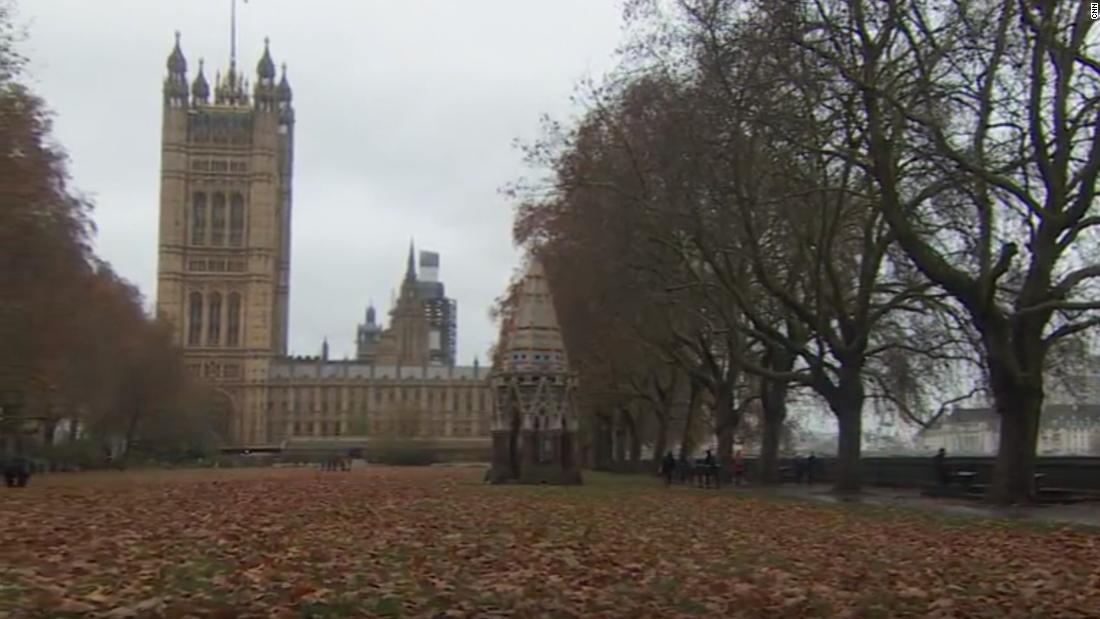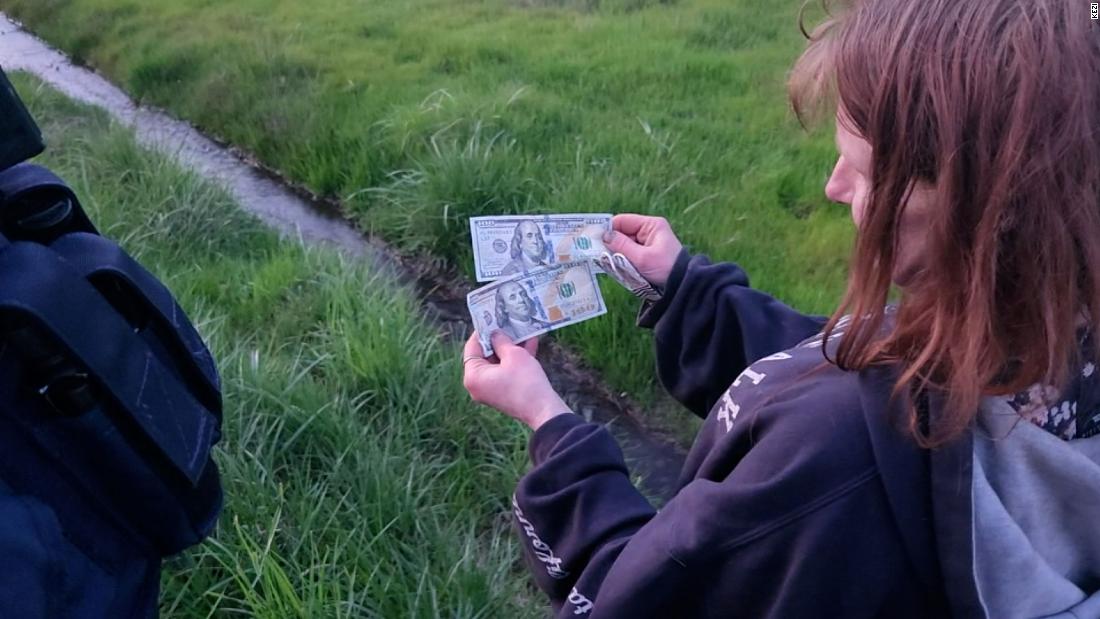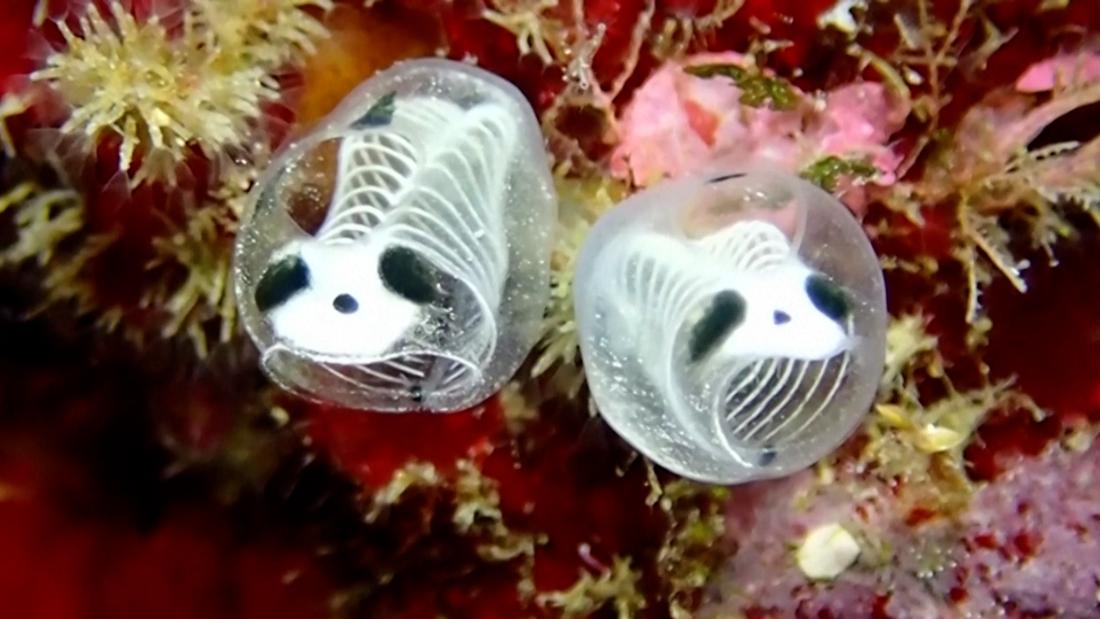A WOMAN was left with “agonising” blisters and “burning” skin after she picked blackberries which could have killed her.
Nature lover Sue Harries suffered extreme pain after a toxic plant left her covered in a horrifying rash.
GettyHogweed can grow up to 16ft (stock image)[/caption]
WNSSue Harries was collecting the berries near her home when her arm brushed nearby hogweed[/caption]
The 53-year-old, from Swansea, Wales, was collecting berries near her home when her arm brushed nearby hogweed.
The plant, which is officially known as Heracleum sphondylium, has toxic sap, stems, leaves and fruit which can leave lasting damage.
Sue didn’t spot anything wrong straight away but a rash spread across her arm and back within hours.
She was covered in blisters and in “agony” as the wounds developed and is still reeling from the affects weeks later.
Doctors told Sue if she had eaten any blackberries touched by the plant, her airways could have closed.
She said: “Even now, my arm is burning, literally burning. I didn’t feel anything at the time, I must have just brushed past it.
“I went to my doctor a week later because I’ve been in and I honestly mean it, I’ve been in agony with it.
“I just want people to know about it because I never knew it was toxic and I wouldn’t want anyone else to go through this.”
Sue will now be forced to keep her arm out of the sun for at least four months.
The 53-year-old must also ensure she wears factor 50 sun cream, or keep the affected areas covered for at least the next five years.
Brits have been issued an urgent warning about the dangerous plant.
In June last year, Jenson Price was left with agonising blisters when he brushed past giant hogweed.
The nine-year-old had come into contact with the plant while running to fetch the football during the kickabout with his friends in Ryhope Park, Sunderland.
The toxic sap from the plant increases the sensitivity of the skin to sunlight, often leading to burns – and sometimes blindness.
While in June 2022, Ella, a 22-month-old toddler, was rushed to hospital having touched giant hogweed.
Ella was taken to two hospitals, North Tees and James Cook, but doctors and medics were unable to determine what had caused such injuries.
The tot required intensive treatment, doctors had to burst her blisters, carve away her dead skin, and finally bandaged her hands.
A similar incident occurred the same year when Chavana Neuweg’s six-year-old daughter suffered poisoning from a hemlock plant growing in their garden.
The young child suffered a severe rash and trouble breathing, resulting in a trip to the hospital.
Dog owners have also been warned about the dangers the plant poses to our furry friends.
Hogweed can tower up to 16ft tall, according to the RHS, with long green stems with purple blotches, huge branches of small white flowers and green leaves.
Mike Duddy, of the Mersey Basin Rivers Trust, previously said: “Giant hogweed was without a shadow of a doubt, the most dangerous plant in Britain”.
It is native to the Caucasus but was introduced to Britain as an ornamental plant in 1817, and its spread has now gotten out of control.
Everything you need to know about giant hogweeds
Giant Hogweed may look impressive but any contact with the sap of this plant can cause serious injury, particularly to your skin.
What does Giant Hogweed look like?
When fully grown, giant hogweed is aptly named.
The plant can grow up to 25ft tall, with long green stems, purple blotches, and huge branches of small white flowers and large green leaves.
The plant’s flower heads bloom in June and July and can reach up to 2ft across.
Giant hogweed can be mistaken for other plants such as cow parsley, cow parsnip, Queen Anne’s Lace or elderberry as the flowers look similar.
Their size when fully grown is very helpful for identifying the harmful crop.
Why does Giant Hogweed cause rashes, burns and blisters?
Giant hogweed stems have fine needle-like hairs that can cause extreme irritation.
While the sap in giant hogweed contains a chemical called furanocoumarins.
When this toxin comes into contact with the skin, it binds with DNA in skin cells, causing them to die.
The sap reacts with the melanin in your skin and removes protection that patch has from UV light, causing photosensitivity (where the affected area becomes highly sensitive to sunlight), resulting in nasty burns, lesions and blisters.
Those burns can last for several months and, even once they’ve gone, skin can remain scarred and sensitive to sunlight for years to come.
If the hairs of the giant hogweed plant or its sap come into contact with your eyes, they can even cause temporary or even permanent blindness in severe cases.
How do I treat burns from Giant Hogweeds?
The NHS website advises that if you come into contact with giant hogweed and you get a burn, you should wash the affected area with soap and water and then cover it, keeping it out of natural or artificial light.
If blisters appear, do not burst them! If the blisters are extensive, seek medical attention.
Should you get sap in your eye, flush the eye with a large amount of water and seek medical attention.
If you begin to feel unwell after contact with giant hogweed, speak to your doctor.
Ensure you thoroughly and quickly wash the clothes you were wearing when you came into contact with the plant.
And if you’re concerned that a child has come into contact with, or ingested giant hogweed, seek medical attention immediately
Published: [#item_custom_pubDate]



























